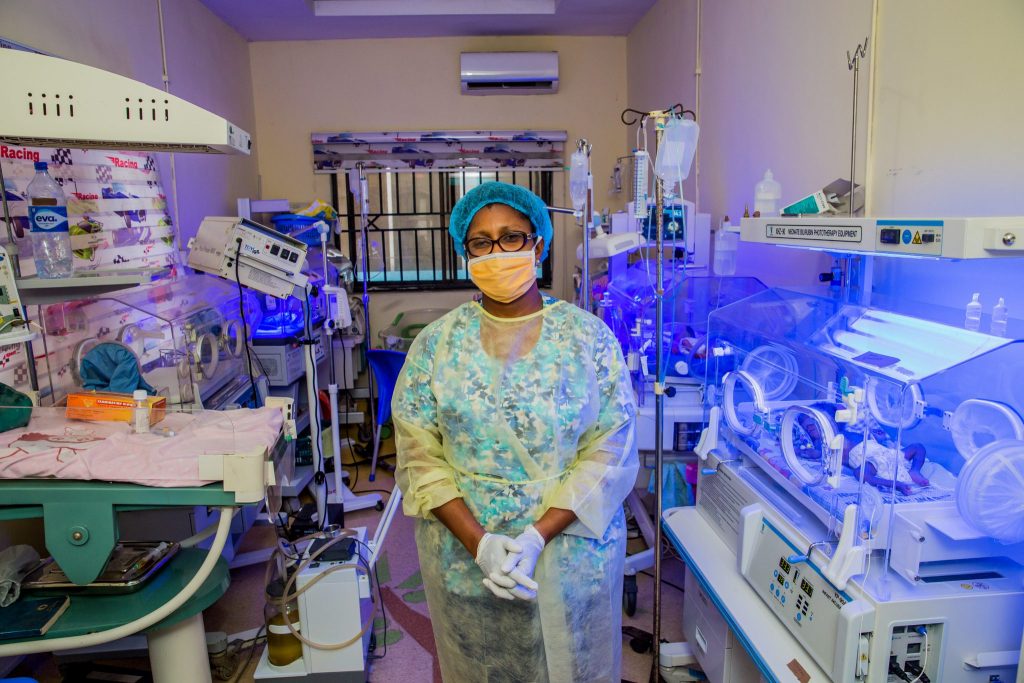Now Reading: FG Releases ₦32.9 Billion to Primary Healthcare Facilities in Nigeria
-
01
FG Releases ₦32.9 Billion to Primary Healthcare Facilities in Nigeria
FG Releases ₦32.9 Billion to Primary Healthcare Facilities in Nigeria

The Federal Government of Nigeria has announced the release of ₦32.9 billion through the Basic Health Care Provision Fund (BHCPF) to primary healthcare facilities in Nigeria.
This marks the third round of disbursement in 2025, aimed at strengthening service delivery at the grassroots, particularly in wards and local communities across the country.
Why This Funding Matters

The BHCPF is a core vehicle under the National Health Act (2014) designed to ensure healthcare facilities in Nigeria especially at the primary level—have access to critical resources. The goals include:
-
Ensuring availability of essential drugs and medical supplies
-
Upgrading infrastructure at community health centres
-
Supporting emergency services and referrals
-
Strengthening local planning, transparency, and accountability
The fact that funds are channeled directly into facility accounts (rather than being held centrally) is intended to promote autonomy and responsiveness.
Implementation & Community Oversight

According to Nairametrics, The Coordinating Minister of Health, Prof. Muhammed Ali Pate, emphasized that funds are already landing in the accounts of these healthcare facilities in Nigeria across all wards. He urged ward health committees, women and youth groups, traditional leaders, and civil society to participate in monitoring how the funds are used locally. Without community engagement, the risk is that these resources may not fully translate into better outcomes.
“Today, the Government of the Federal Republic of Nigeria has approved and released ₦32.9 billion through the Basic Health Care Provision Fund (BHCPF), the third round this year. This money is not sitting in Abuja. It has already begun its journey into the commercial bank accounts of primary health care facilities in every ward across Nigeria,” — Prof. Muhammed Ali Pate, Coordinating Minister of Health and Social Welfare.
Read Also: 7 Challenges Nigerian Students Might Still Face Despite the ASUU Strike Suspension
Key Challenges & Risks
While the funding is a welcome boost, its success depends on overcoming several challenges:
-
Capacity gaps in facility management: Some local clinics may lack trained staff to manage budgets, report spending, or procure goods efficiently.
-
Corruption and leakage: Without rigorous monitoring, funds may be diverted or misused before reaching the patients.
-
Supply chain issues: Even with funds, some rural facilities may struggle with securing medical supplies, equipment maintenance, or transport logistics.
-
Sustainability: This is one disbursement cycle; long-term impact requires repeated funding and consistent oversight.
What It Means for Healthcare Facilities in Nigeria

If well-administered, this funding round could lead to improved infrastructure, medicines, staff motivation, and patient trust at the primary level. Clinics that were previously under-resourced may now be able to deliver safer deliveries, better immunization services, and essential primary care closer to people’s homes.
Citizens, however, have a role to play: by demanding transparency, participating in oversight, and raising their voices if facilities fail to deliver, communities can help ensure this investment pays dividends.





